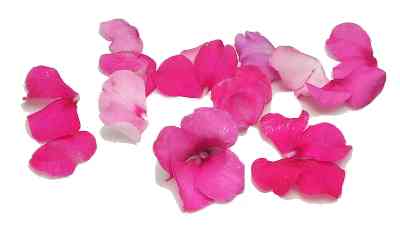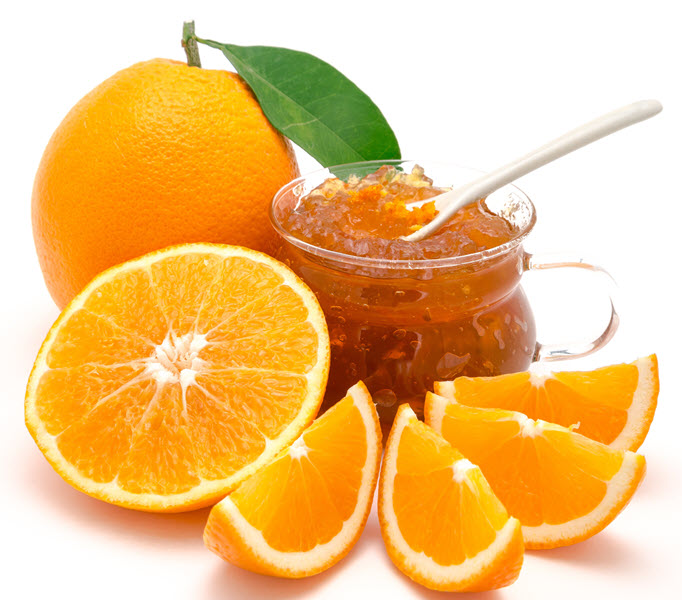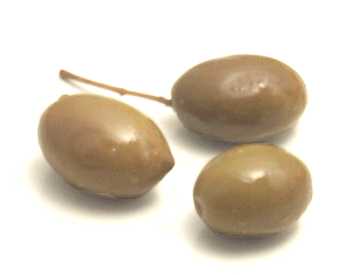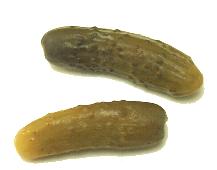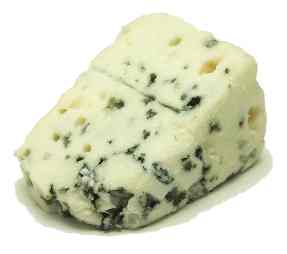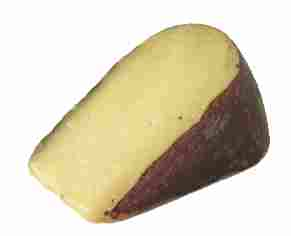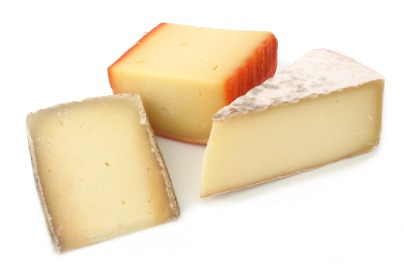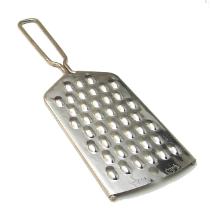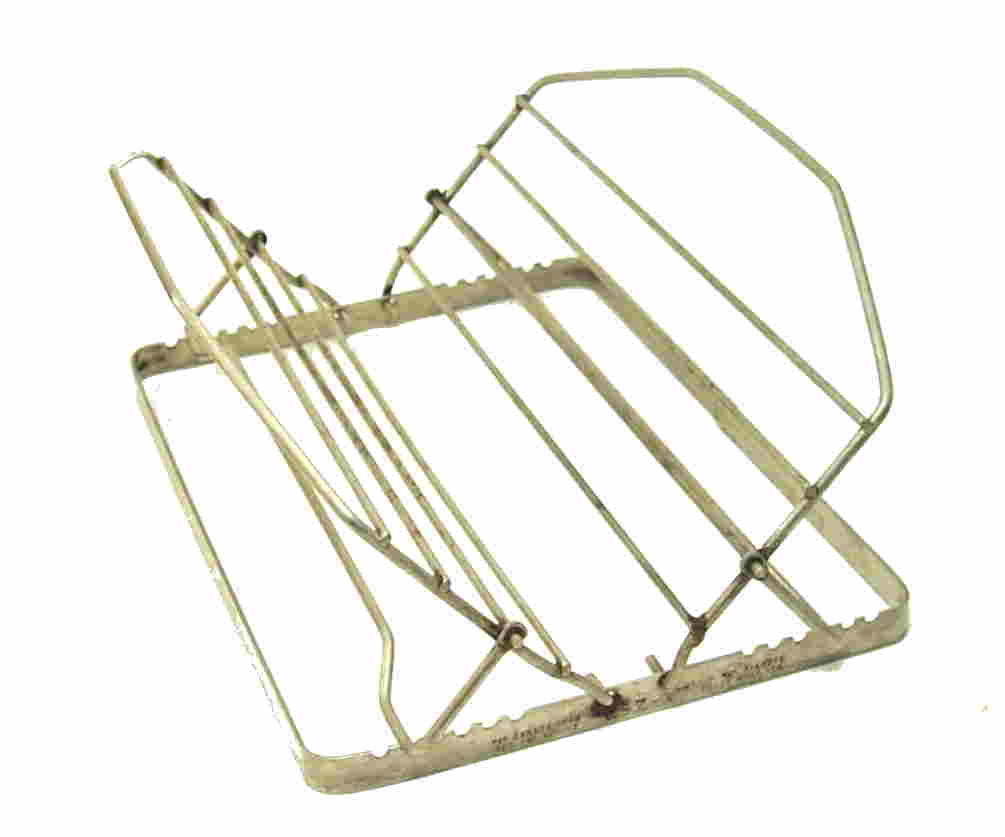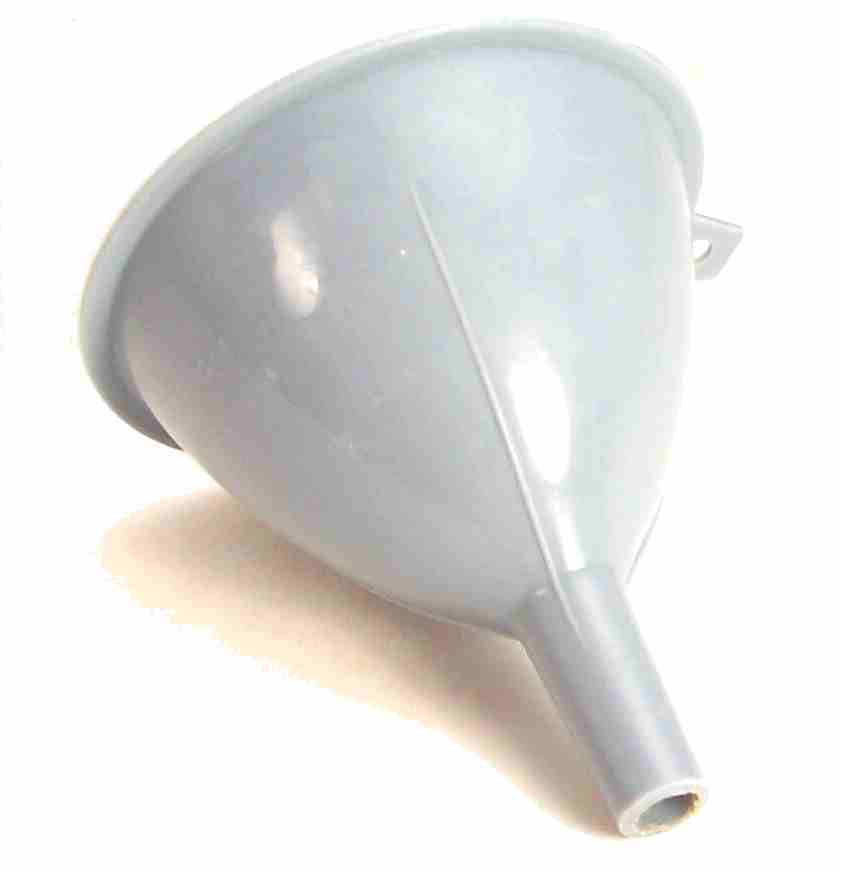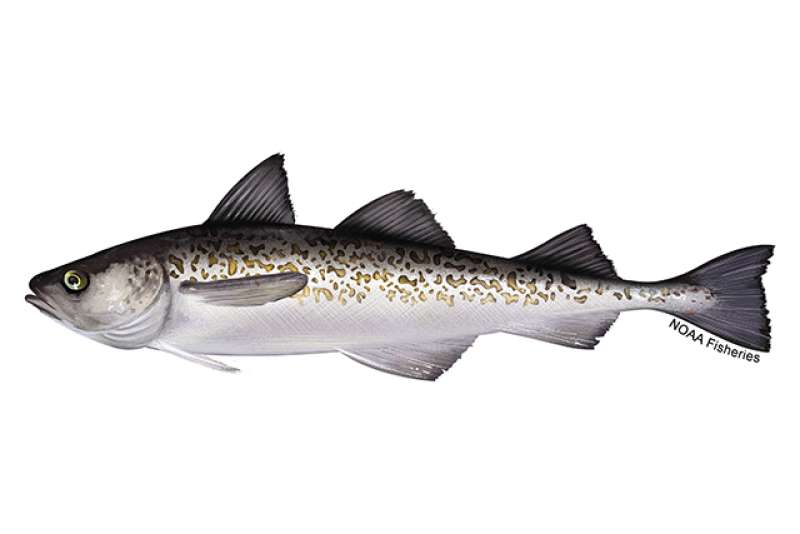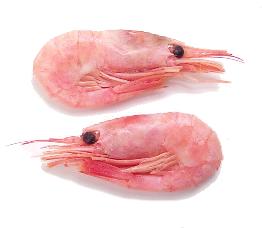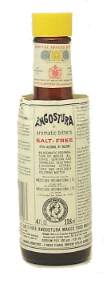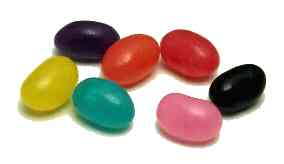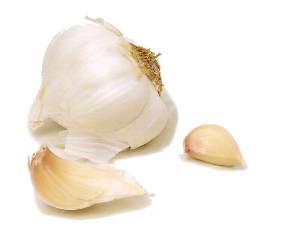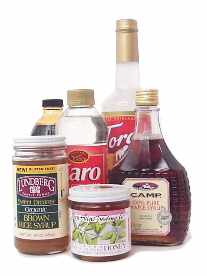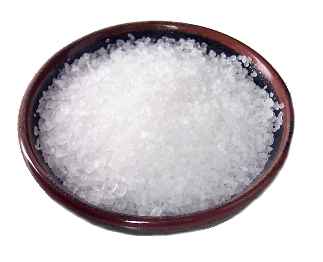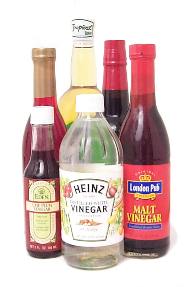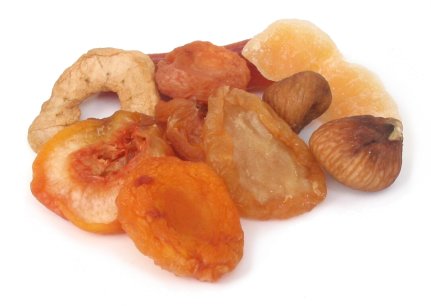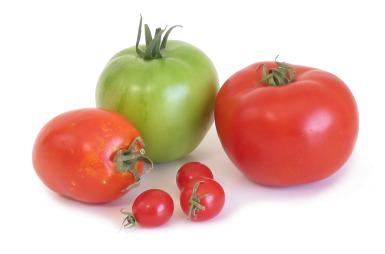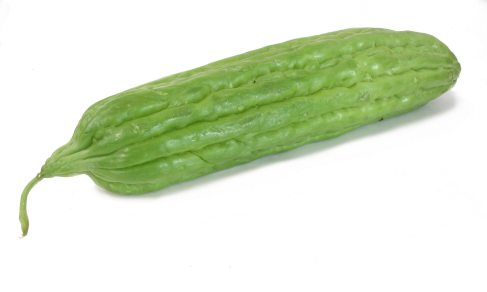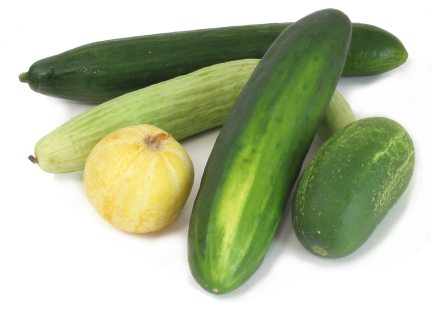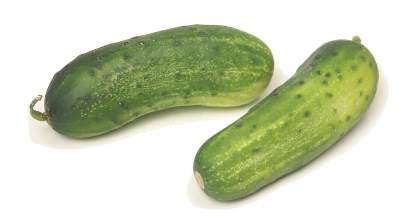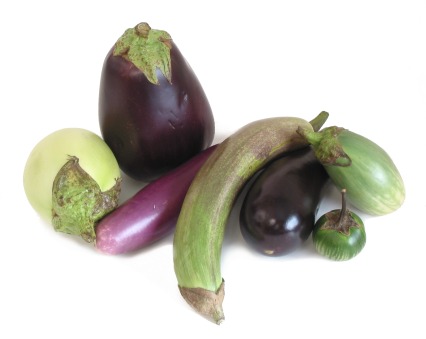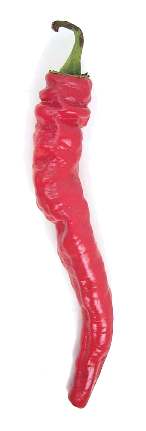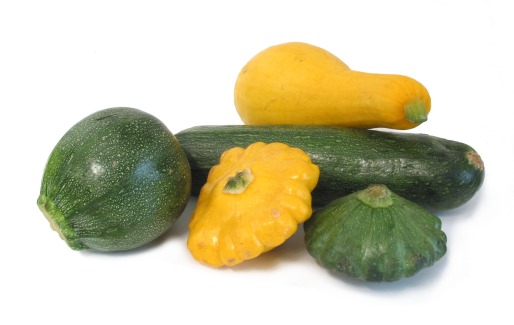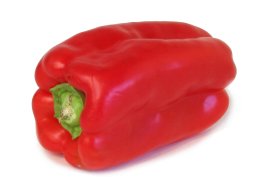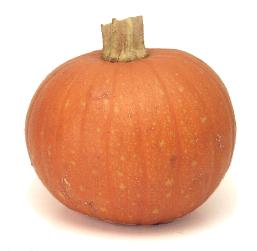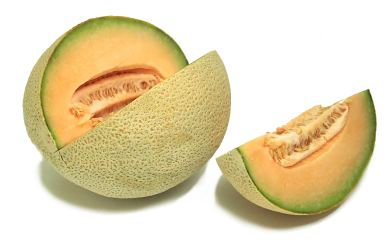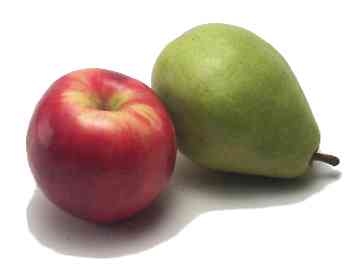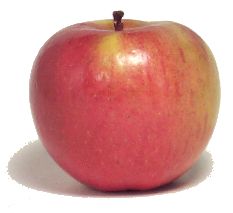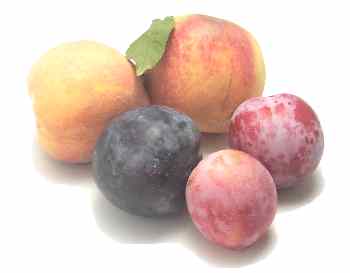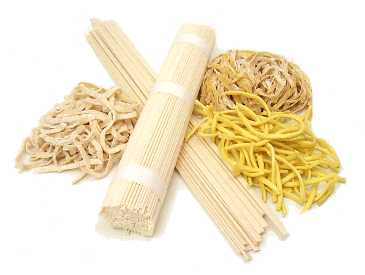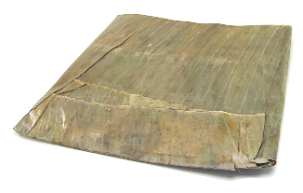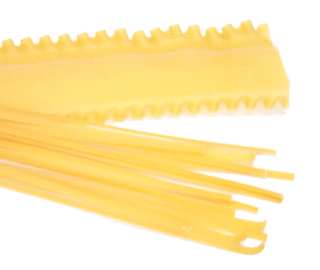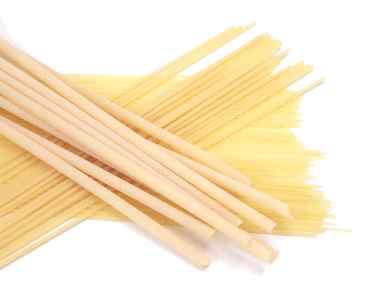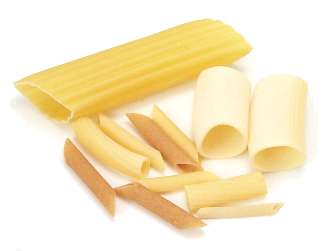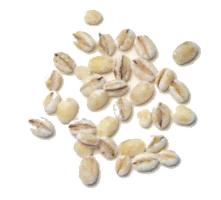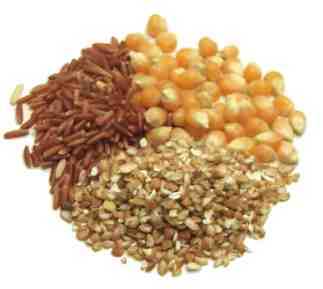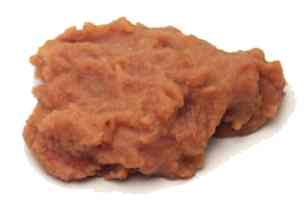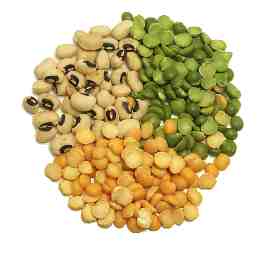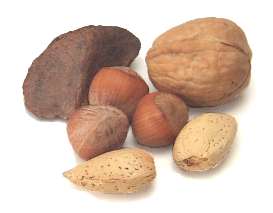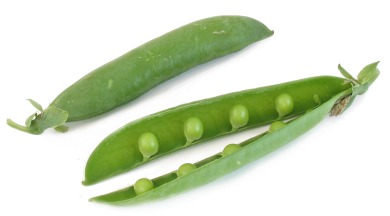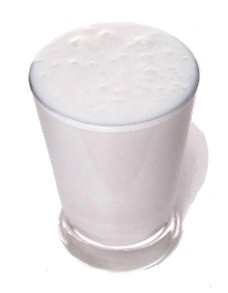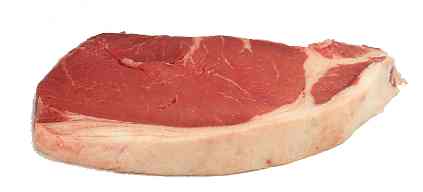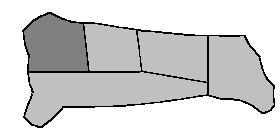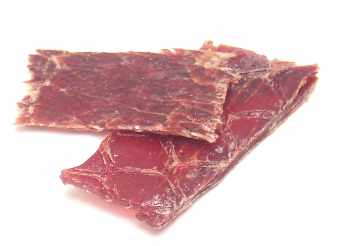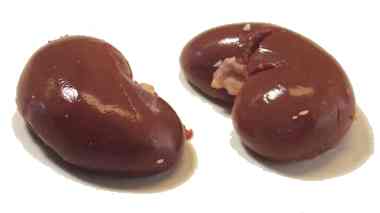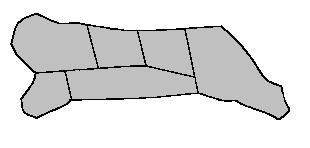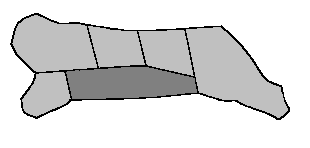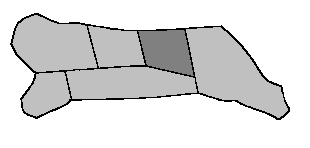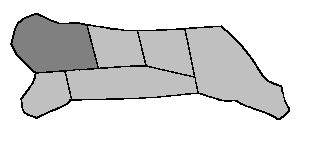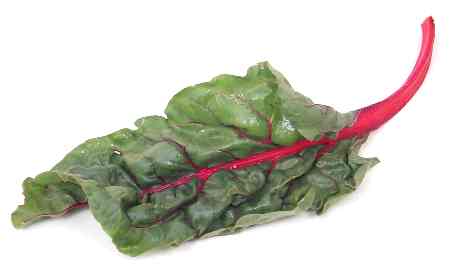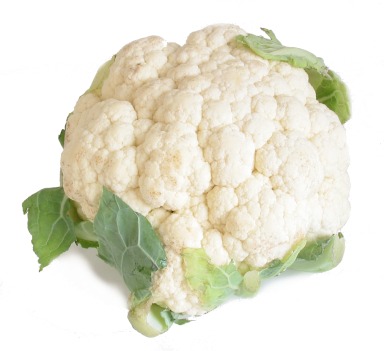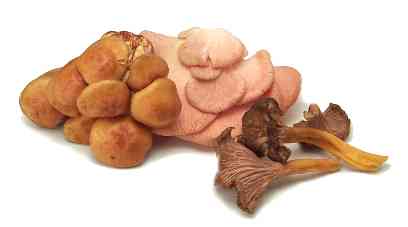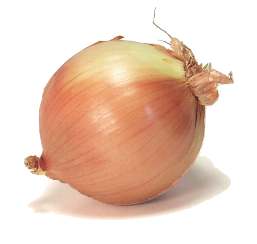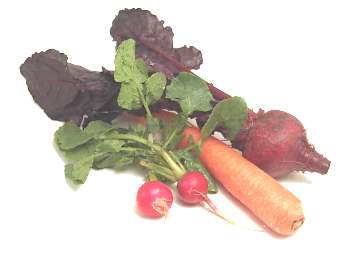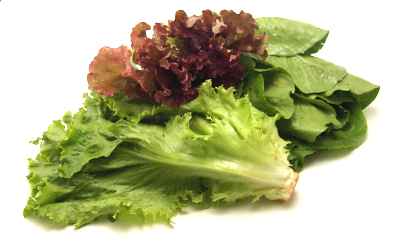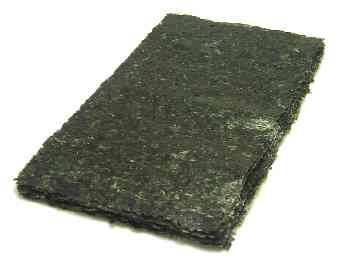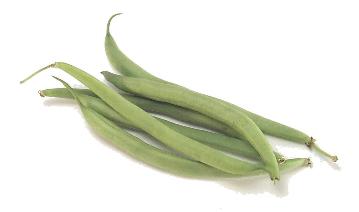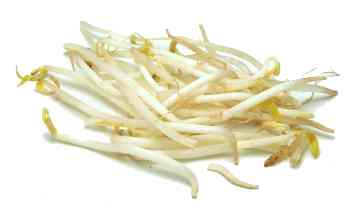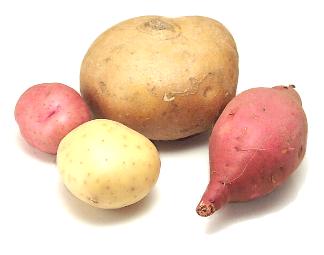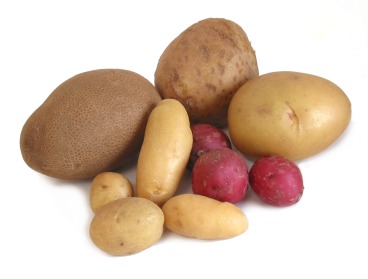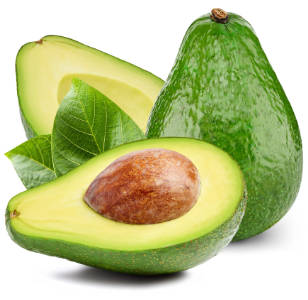All Ingredients
asparagus
Asparagus has a wonderfully distinctive flavor and a meaty texture. It's often served as a side dish, after being steamed or briefly boiled. Better cooks insist that it be peeled first, but many people skip this step. To remove the tough base, simply snap the asparagus in half with your hands. The stalk should break right about at the point where it starts getting too tough to serve to company. There's a purple variety, but it turns green when it's cooked and so loses its novelty. White asparagus, on the other hand, is more tender than green, and more expensive. Asparagus is often available year-round, but the best time to buy it is in the spring.
Learn moreaspic powder
This is used to make a gelatinous glaze for cold meat, fish, or vegetables. When finished, the dish is said to be served "in aspic." Commercial aspic powder is made of gelatin, salt, and other flavorings. It also comes in sheets, called aspic leaves.
Learn moreatemoya
This cherimoya-sweetsop cross has sweet custard-like pulp. Look for it in specialty produce markets during the fall
Learn moreatsu-age
This is a cake of pressed tofu that has been deep-fat fried, giving it a crisp and meaty exterior and a soft interior. The Japanese like to cut it into cubes and use it in stir-fries and soups. Before using, you should blanch and drain it, then prick it with a toothpick so that it will better absorb other flavors. Atsu-age is widely available in Asian markets.
Learn moreavocado
Click here to see photos, substitutions, and more information about different varieties of avocado.
Learn moreavocado leaves
Mexican cooks use these to impart an anise-like aroma to foods. They're often used as wrappers, or crumbled into stews. Toast the leaves before using.
Learn moreawase miso
This is a fairly mild blend of red and white miso that's often used for vegetable soups.
Learn moreayu
Japanese fishermen tie knots around the necks of cormorants (black sea birds) and have them dive and catch these exquisite fish. They're very sweet and delicate.
Learn moreazuki bean
The Japanese use these small red beans to make sweet red bean paste, but they're also good in rice dishes or salads. Azuki beans are sweet and relatively easy to digest, so they won't make you as gassy as other beans. They also don't take as long to cook.
Learn moreB&B
Bénédictine liqueur is a tad too sweet for many people, so it's common to cut it with brandy. Noting this, the producers of Bénédictine decided to produce their own blend.
Learn morebaby corn
These are tiny ears of corn that are eaten cob and all. Asian cooks like to add them to stir-fried dishes, and they often show up in salad bars. It's hard to find them fresh, but many markets sell them in cans or jars.
Learn morebacon
Bacon is a very fatty slab taken from the underside of a pig. The bacon sold in markets is usually cured and smoked, but it's also possible to buy uncured fresh bacon = pork belly = side pork. Smoked bacon is often fried and served with eggs or in sandwiches, or it's sometimes wrapped around lean meats to keep them moist while they're cooking.
Learn morebacon avocado
This sweet, smooth-skinned variety shows up in the middle of winter. It's not as flavorful as other avocados.
Learn morebacon bits, imitation
This is soy protein that's flavored to taste like bacon. It's cheaper and lower in fat than real bacon.
Learn morebacon grease
This is the fat that remains in the pan after cooking bacon. It's very flavorful, but high in cholesterol.
Learn morebacuri
Bacuri fruit have thick yellow skins and are about the size of large apple. The bacuri fruit is both sweet and a little sour and is made into condiments and drinks.
Learn morebagel
A Jewish specialty, these ring-shaped rolls have a dense, chewy texture. They're usually served for breakfast after being sliced open, toasted, and smeared with cream cheese. The dough is sometimes studded with raisins, blueberries, onions, seeds, or herbs.
Learn morebaharat
This is mixture of ginger, rose buds, and numerous spices. It's often used to season meats.
Learn morebai-toey
This name is also used for screwpine leaves. Bai-toey leaves are about four inches in diameter, and smell a bit like a dentist's office. Look for them in Southeast Asian markets.
Learn morebaijiu
Baijiu is a strong (40% to 60% alcohol) clear Chinese liquor. Its origins date back to the Han Dynasty around 150 BCE. Baijiu is normally made from fermented sorghum. Baijiu is presented in anything from elaborate gift bottles to sport drink bottles.
Learn morebajri flour
Poor farmers in India and Pakistan use this millet flour to make bread and griddle cakes. It's gluten-free. Look for it in India markets.
Learn morebaked pizza crust
This precooked pizza shell makes it easy to whip up a quick homemade pizza. Just add some toppings and bake it briefly in an oven. Boboli is a well-known brand.
Learn morebaker's ammonia
Originally made from the ground antlers of reindeer, this is an ancestor of modern baking powder. Northern Europeans still use it because it makes their springerle and gingerbread cookies very light and crisp. Unfortunately, it can impart an unpleasant ammonia flavor, so it's best used in cookies and pastries that are small enough to allow the ammonia odor to dissipate while baking. Look for it in German or Scandinavian markets, drug stores, baking supply stores, or a mail order catalogue. Don't confuse this with ordinary household ammonia, which is poisonous. Varieties: It comes either as lumps or powder. If it isn't powdered, crush it into a very fine powder with a mortar and pestle or a rolling pin.
Learn morebaker's yeast
This is used as a leaven in breads, coffeecakes, and pastries like croissants and brioche. It works by converting sugar into carbon dioxide, which causes the dough to rise so the bread will be light and airy. Yeast comes either as dry granules or moist cakes. It becomes less potent after the expiration date stamped on the package, so dough made with it may take longer to rise, or not rise at all. If the potency of the yeast is in doubt, test or "proof" it by putting some of it in warm water (105° - 115° F) mixed with a bit of sugar. If it doesn't get foamy within ten minutes, you'll need to get fresher yeast.
Learn morebaking powder
Baking powder is a mixture of one or more acidic salts and baking soda, an alkali. These two compounds react when they get wet and release carbon dioxide gas bubbles. These, in turn, cause baked goods to rise. Baking powder is perishable. To test a batch, add 1 teaspoon to ½ cup hot water. If it doesn't bubble, throw it out. Look for baking powder among the baking supplies in most supermarkets. Most recipes that call for baking powder intend for you to use double-acting baking powder. This includes two acidic salts--one that reacts when wet and one that reacts heated. By giving the baking soda two chances to react, it usually results in light and airy baked goods. Less common is single-acting baking powder, which only reacts when it becomes wet. When using this kind of baking powder, you have to get the batter into a preheated oven immediately after you mix the wet and dry ingredients together. Aluminum-free baking powder is preferred by many cooks; powders made with aluminum lend an unpleasant flavor to delicately-flavored baked goods
Learn morebaking soda
Baking soda is alkaline, and when mixed with acidic ingredients, it reacts and releases bubbles of carbon dioxide. These bubbles, when trapped inside batter, help baked goods rise. Baking powder contains baking soda, along with acidic salts that react with the soda when they get wet or heated. Recipes that call for both baking powder and baking soda are probably using the baking soda to offset extra acidity in the batter (from ingredients like buttermilk or molasses) and to weaken the proteins in the flour. Omitting the baking soda from these recipes may alter the color or flavor of whatever you're baking, and make it less tender. Tips: Baking soda is used in devil's food cake because it turns the cocoa powder reddish brown. Vegetables cooked in water mixed with baking soda don't lose as much color, though the baking soda makes them mushier and causes them to lose vitamin C. Sprinkling baking soda on a grease or electrical fire will help extinguish it. Placing an opened box in the refrigerator or freezer will absorb bad odors Baking soda is a good, mildly abrasive scouring powder. Store baking soda in a cool, dry place.
Learn morebalsamic vinegar
This enormously popular Italian vinegar is prized for its sweet, fruity flavor and mild acidity. It's terrific for deglazing pans, dressing salads and vegetable dishes, and for seasoning everything from grilled meat to poached fruit. Its quality varies enormously. Expensive artisan-made balsamic vinegars (labeled traditional or tradizionale) are aged in wood barrels for at least 12 years and can cost over $100 per bottle. They're exquisitely complex, syrupy and only slightly acidic. Those who can afford them often drink them as they would a vintage port, or use them in desserts, where their sweetness and subtleties can be shown off to best advantage. Cheaper commercial brands are watered down with wine vinegar and artificially colored, but they're fine for most recipes.
Learn morebamboo leaves
Southeast Asians use these to wrap and tie rice packets before steaming. They're hard to find fresh, but Asian markets often carry dried leaves in plastic bags. Soak them in warm water before using to prevent them from cracking.
Learn more









